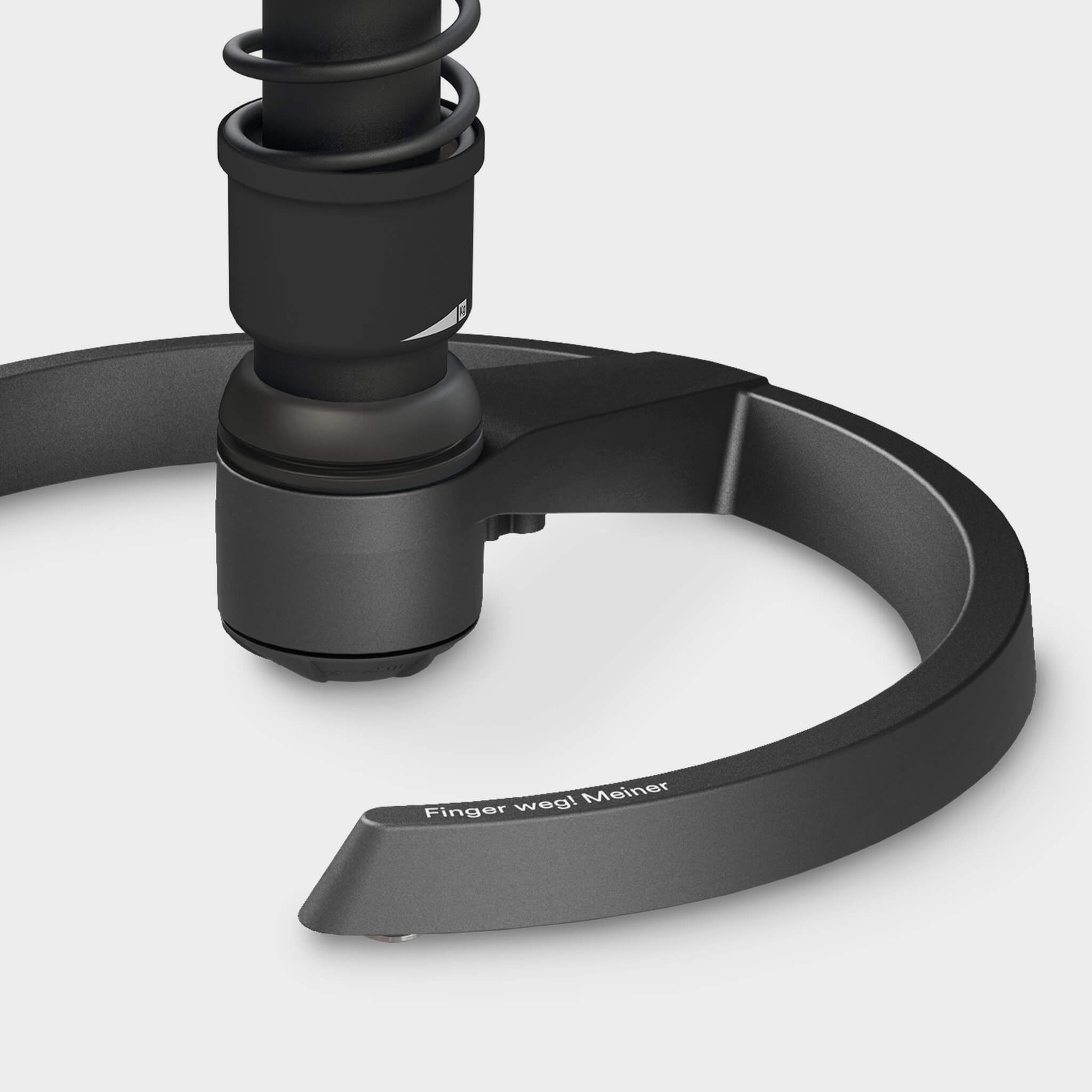Was ist eine Bandscheibe?
Eine Bandscheibe (lat. Discus intervertebralis) ist eine kleine, faserknorplige Scheibe zwischen zwei Wirbeln, die aus zwei Teilen besteht: dem Anulus fibrosus, das ist der äußere Faserring, der die Bandscheibe in ihrer Position fixiert und dem Nucleus pulposus, das ist ein flüssiger Gallertkern. Durch den hohen Wassergehalt im Nucleus pulposus wirkt jede Bandscheibe wie ein kleines Kissen oder ein kleiner Stoßdämpfer zwischen den einzelnen Wirbeln.
Wird Druck auf die Bandscheiben ausgeübt, verlieren die Bandscheiben ihre Flüssigkeit. Dadurch schrumpft ein Mensch am Tag um bis zu drei Zentimeter. Bei Entlastung der Bandscheiben, also im Liegen, saugen die Bandscheiben die Flüssigkeit wieder wie ein Schwamm auf. Durch das Auspressen und Aufsaugen der Flüssigkeit werden die Bandscheiben mit Nährstoffen versorgt werden, da sie ab dem 20. Lebensjahr mit Abschluss des Wachstums keine Blutgefäße mehr besitzen. Der Druckwechsel zwischen Be- und Entlastung ist also eine der Grundvoraussetzungen für den Stoffwechsel der Bandscheiben. Durch die menschliche Bewegung wird dieser Druckwechsel begünstigt.
Wo befindet sich die Bandscheibe?
Die Bandscheiben liegen zwischen den einzelnen Wirbelknochen der Wirbelsäule (bestehend aus Halswirbel-, Brustwirbel- und Lendenwirbelsäule) und verbinden die Wirbel flexibel untereinander. Ausnahmen bilden hier die Verbindungen zwischen Schädel und erstem Halswirbel sowie zwischen erstem und zweitem Halswirbel – hier fehlen Bandscheiben. Insgesamt hat eine intakte Wirbelsäule 23 Bandscheiben, die in etwa ein Viertel ihrer Gesamtlänge ausmachen.
Welche Aufgabe hat die Bandscheibe?
Bandscheiben dienen als Stoßdämpfer oder Puffer zwischen den einzelnen Wirbeln. Da sie selbst durch den flüssigen Gallertkern elastisch sind, sorgen sie für Beweglichkeit der Wirbelsäule. Ohne Bandscheiben lägen die Wirbeln direkt aufeinander und würden sich blockieren oder sich miteinander verhaken, was sehr schmerzhaft wäre. Auch bieten die Bandscheiben den Nervenfasern des Rückenmarks Schutz.
Was ist ein Bandscheibenvorfall?
Mit zunehmenden Alter sinkt der Wassergehalt und somit die Elastizität der Bandscheibe. Wird der Faserring, der den weichen Kern der Bandscheibe umschließt, infolgedessen brüchiger, kann es passieren, dass der Gallertkern sich vorwölbt. In diesem Fall spricht man von einer Bandscheibenvorwölbung. Wird der Faserring vom Gallertkern sogar durchbrochen, liegt ein Bandscheibenvorfall vor. Die Bandscheibe fällt gewissermaßen nach vorn.
Am häufigsten treten Bandscheibenvorfälle im Lendenwirbelsäulenbereich, also im unteren Teil der Wirbelsäule auf. Denn hier wird die Wirbelsäule deutlich mehr belastet als zum Beispiel im Bereich der Halswirbelsäule. Übergewicht, langes Arbeiten im Sitzen, Bewegungsmangel und Fehlbelastungen (Osteochondrose) spielen dabei eine große Rolle.
Warum schmerzt ein Bandscheibenvorfall?
Die Beschwerden, die ein Bandscheibenvorfall auslöst, hängen davon ab, wo er auftritt, wie stark er ist und ob Nerven beziehungsweise Nervenwurzeln beteiligt sind. Drückt der Bandscheibenvorfall auf Nervenwurzeln, die im Bereich der Lendenwirbelsäule aus dem Rückenmark heraustreten, löst dies primär Schmerzen aus. Diese werden oft als andauernd, stechend und sich bei Bewegung verstärkend beschrieben. Am bekanntesten ist hier der Ischiasschmerz, der über das Gesäß bis ins Bein ausstrahlen kann und im Volksmund oft als „Hexenschuss“ bezeichnet wird. Im Bereich der Halswirbelsäule treten bei einem Bandscheibenvorfall Nackenschmerzen auf und solche, die in den Arm ausstrahlen.
Wie kann ich Bandscheibenvorfällen vorbeugen?
Häufigste Ursache für Bandscheibenvorfälle sind Bewegungsmangel und die dadurch erschlaffte Rücken- und Bauchmuskulatur. Aufgrund der technischen Entwicklungen bewegen wir uns im Alltag und Berufsleben immer weniger. Mehr als zwei Drittel der Arbeitnehmer bewegen sich weniger als 1 Stunde am Tag. Als Hauptgrund wird mangelnde Motivation angegeben – und Zeitmangel. Deshalb ist es sinnvoll, schon beim Arbeiten für kontinuierliche Bewegung zu sorgen. Direkt am Bürostuhl, auf dem oft bis zu 10 Stunden täglich gesessen wird.
Mehr Bewegung durch Aeris Bürostühle
Die Aktiv-Stühle von Aeris, wie der Swopper und der 3Dee, bieten hierfür eine sinnvolle Lösung. Denn durch eine spezielle 3D-Technologie machen sie natürliche und selbstorganisierte Bewegung beim Sitzen nicht nur möglich, sondern fordern und fördern sie auch. Diese Art der Bewegung entspricht dem natürlichen Bewegungsdrang des Menschen: spontan, intuitiv, in jeder Richtung frei und selbstorganisiert. Durch die 3D-Bewegung entfallen einseitige Druckbelastungen der Bandscheiben. Die vertikale Schwingung be- und entlastet die Bandscheiben und unterstützt damit die Nährstoffversorgung. Sie bleiben dadurch gesund und elastisch. Das bewegte, dynamische Sitzen stärkt zudem die Bauch- und Rückenmuskulatur und verhindert dadurch Rückenbeschwerden und Bandscheibenvorfälle.
Einzelnachweise
Active Office: Warum Büros uns krank machen und was dagegen zu tun ist, Josef Glöckl und Dieter Breithecker, Springer Gabler Verlag, 2014
